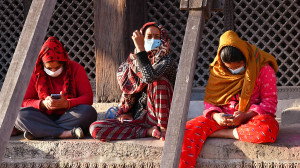National
Families struggle to afford medicines despite government’s free treatment pledge
Although the government announced free care for the Gen Z movement’s injured, many families are forced to buy medicines outside hospitals, adding to their financial burden.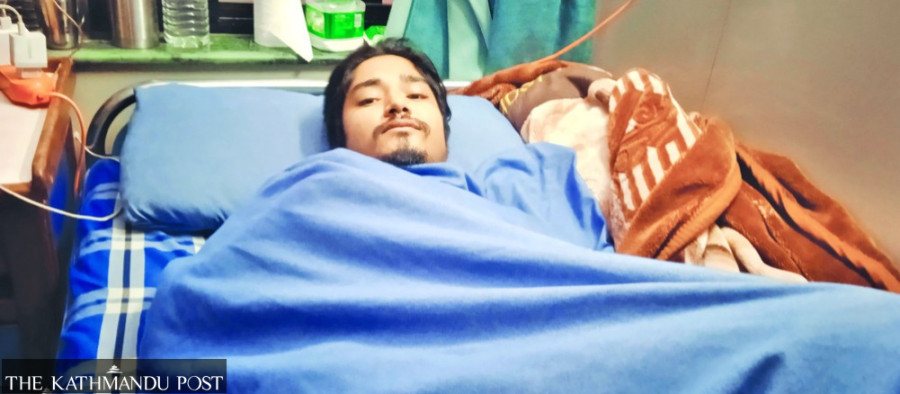
Samarpan Shree
The government’s promise of free treatment for those injured during the Gen Z movement has failed to ease the hardship of many families who continue to spend heavily on medicines unavailable in hospitals.
Among the injured is 48-year-old Gita Sah from Parsa, receiving treatment at Kathmandu Medical College (KMC). Her son Rahul Sah said he had to run between pharmacies to buy medicines prescribed by doctors but not stocked in pharmacies within the hospital.
“I had no money, so I appealed to donors for help,” Rahul said. “Only after managing funds could I purchase the medicines.”
The government has distributed Rs20,000 each to 2,300 of the 2,571 people injured in the protests on September 8 and 9, under the category of emergency expenses.
However, families say the amount barely covers only a part of their total costs. “We received Rs20,000, but medicine alone cost more than Rs30,000,” said Rahul. “We still have to pay for food, travel, and other essentials during the course of treatment.”
At the same hospital, Kamal Ghimire, 27, from Bethanchok, Kavre, is being treated for a bullet wound in his left hip. His uncle Prananath Ghimire said they had already spent over Rs200,000 on medicines and dietary supplies. “Doctors said a proper diet is vital for recovery, but it costs around Rs3,000 a day,” he said.
Similarly, Rabi Bhandari, 29, who is undergoing treatment at B&B Hospital, has incurred over Rs80,000 in additional expenses despite free treatment. Bikram Lamkaha, treated at Tribhuvan University Teaching Hospital, said he arranged Rs50,000 and borrowed Rs30,000 but he had to spend Rs30,000 for an MRI at another hospital and continues to pay thousands for medicines not available in stock.
The health ministry insists that such expenses will be reimbursed. Spokesperson Dr Prakash Budhathoki said patients can submit bills for medicines purchased outside hospitals and claim refunds through their respective hospitals. “Hospitals must reimburse the patients and send the bills to the ministry for settlement,” he said.
But most patients and families remain unaware of the process. “No one told us we could submit the bills or get our money back,” said Rahul, son of Gita Sah.
According to the ministry, 11 injured individuals are still receiving treatment—four at the National Trauma Centre, three at the Teaching Hospital, two at KMC, one at B&B Hospital, and one at Nobel Medical College in Biratnagar.
The September 8–9 demonstrations left 76 people dead. The government has provided Rs1.5 million each to the families of 53 deceased individuals, as recommended by the Home Ministry.
While the Finance Ministry has yet to release funds to reimburse hospital bills, officials say hospitals are providing free care pending repayment. “Hospitals have submitted bills to the Health Ministry, and reimbursement will be made after verification,” said Finance Ministry spokesperson Tanka Prasad Pandey.
Despite the official assurances, families of the injured continue to face mounting expenses—caught between government promises and ground realities.
At least 2,571 people sustained injuries during the anti-corruption protests. Fifty of the 76 people who were killed in the uprising had died while undergoing treatment in various hospitals. At least 2,510 returned home after receiving treatment in several health facilities while 11 seriously injured are still undergoing treatment in different hospitals.
A total of 2,300 people have acquired cards identifying them as injured and received Rs20,000 as emergency support from the government authorities. But 221 of the injured are yet to get such identity cards and financial assistance as well.




 19.12°C Kathmandu
19.12°C Kathmandu
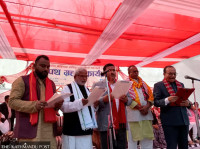


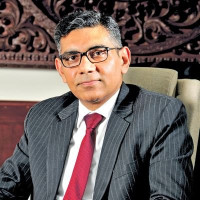

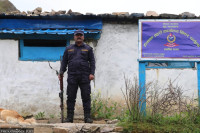


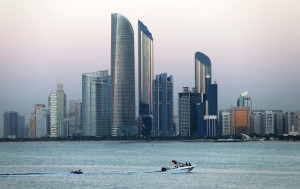

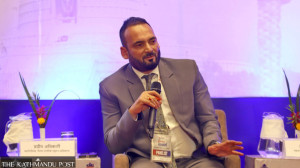

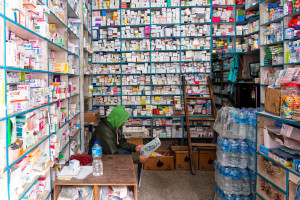
%20(1).jpg&w=300&height=200)

